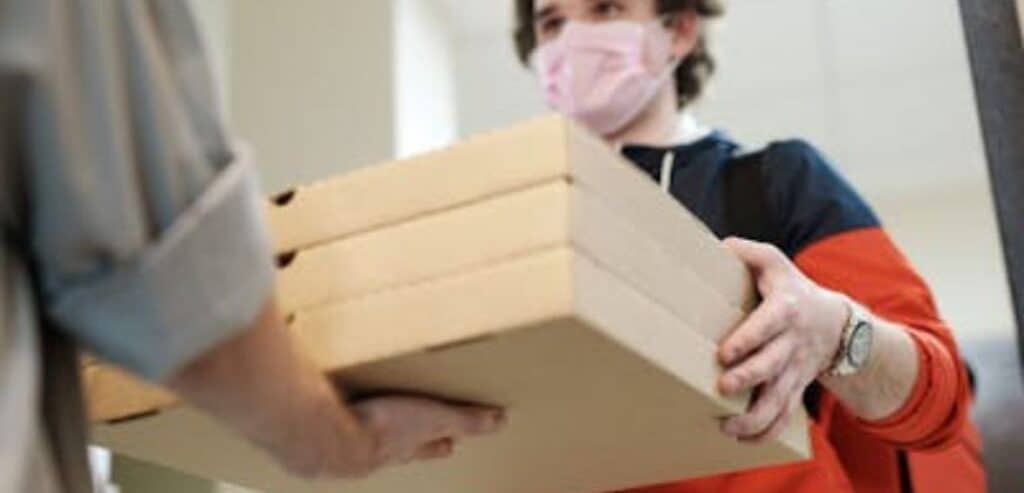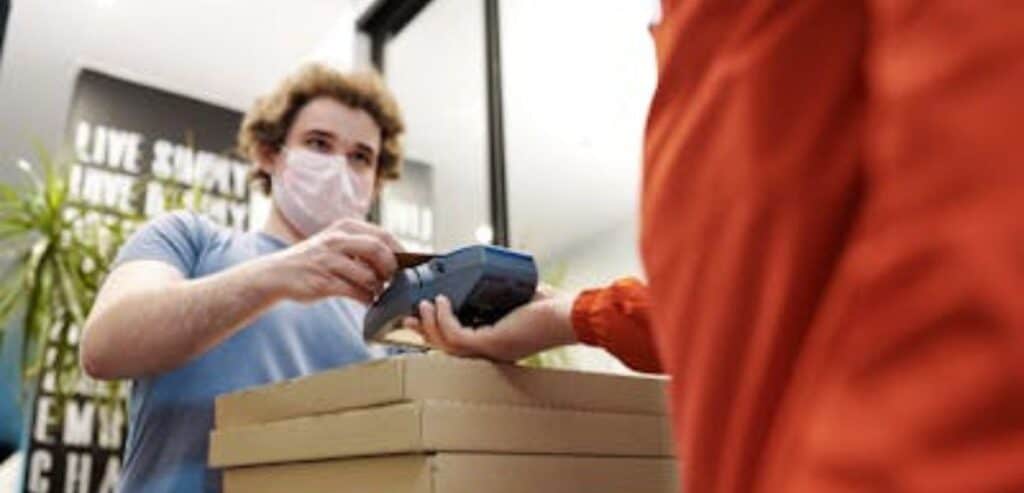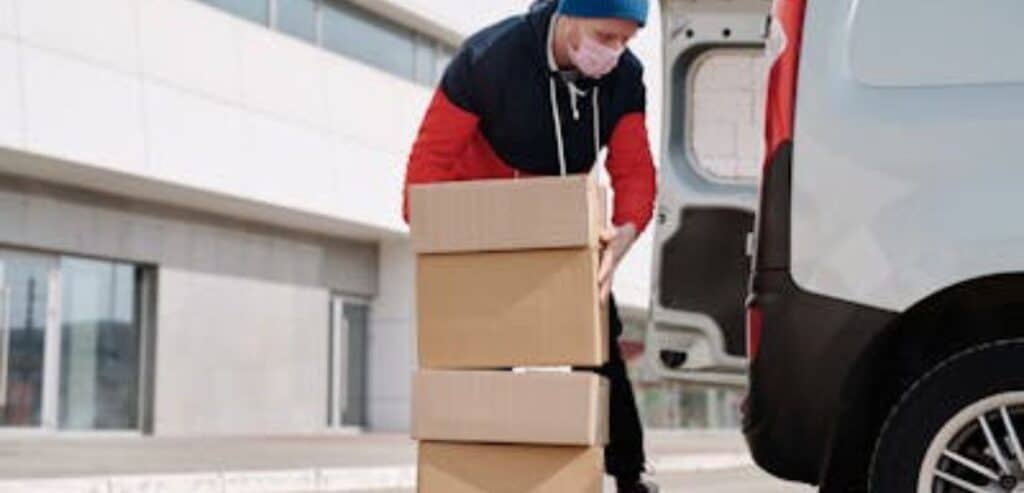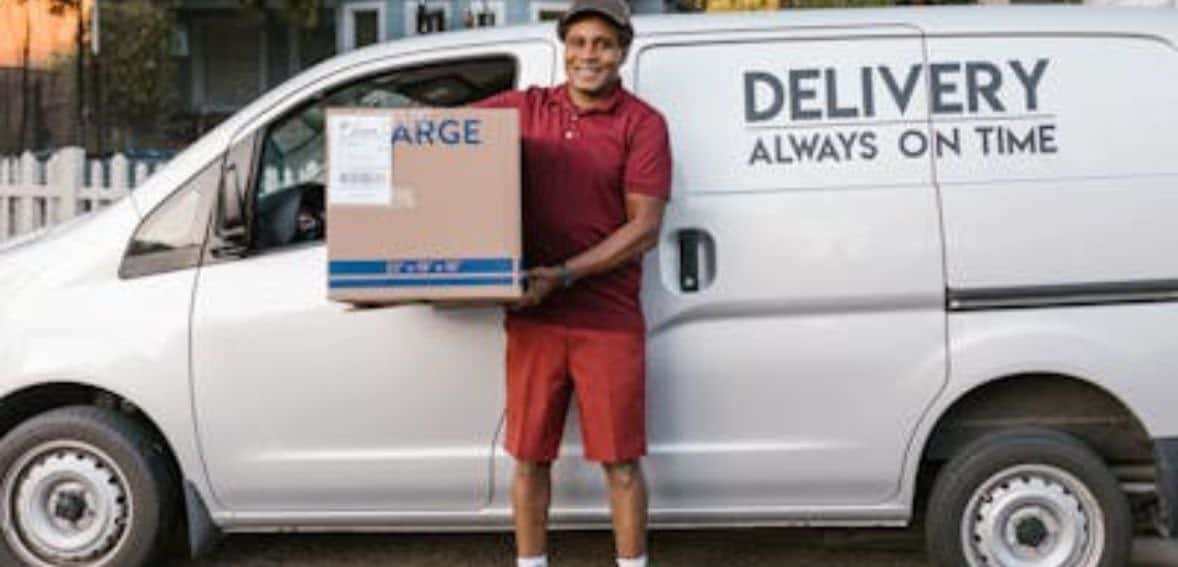In the competitive world of the e-commerce ecosystem, providing fast and reliable delivery becomes very important. It is also very crucial in the supply chain because it directly impacts consumer satisfaction.
There are various on-ground hindrances in the delivery process that should be overcome to ensure consumers’ loyalty towards the business. To streamline the process, e-commerce business tends to adopt methods and strategies that can optimize their delivery process which is commonly called as Last-Mile Strategy.
When it comes to riverfront businesses, there are various challenges to last-mile delivery, especially in areas with limited road access and other infrastructure limitations. Other difficulties include waterway navigation, congested streets, and unpredictable weather conditions that can further worsen the situation. This blog explores the importance of last-mile delivery and strategies that can streamline delivery operations.
What is Last-Mile Delivery?

In the whole delivery process, the first mile refers to the distribution of the product from the manufacturers. The middle mile means transportation of the product to a hub-storage or a local warehouse. Then comes the last-mile delivery which is the last process of the logistics journey where the goods are transported from distribution to the warehouse to the final consumer. Although each part of the delivery process is very crucial, the last part holds greater significance as it directly impacts consumer satisfaction.
Importance of Last-Mile Delivery

1. Positive customer experience
Since last-mile delivery is the final stage, where the consumer receives the product from the hands of the delivery agent, it makes the first impact upon the consumer on the brand image. Good delivery, on the one side, can ensure consumer retention of a brand, and on the other hand, a bad delivery can discourage the customer in the future. Here a bad delivery can mean, the delivery of damaged goods or wrong goods, delays, or poor communication.
2. Minimizes Cost
According to a recent study, last-mile delivery alone accounts for 53% of the total cost of shipping which is quite a burden, especially for small-scale e-commerce businesses. By optimizing delivery operations, businesses can significantly minimize transportation costs and fuel expenses.
3. Inventory Management
In the last process of delivery, goods are stored in a local inventory which can sometimes become jam-packed because of improper management of goods. A good delivery mechanism will not only help manage the inventory effectively but also help reduce warehouse costs.
4. Sustainability Goals
Businesses can fulfill their social obligation by adopting environment-friendly delivery methods that will help reduce carbon emissions. This will also improve the brand image among consumers as a sustainable brand. For example, using electric vehicles for delivery.
5. Competitive Benefit
In today’s world, the consumer holds high expectations from the brand, and last-mile delivery can help change their perspective by providing them hassle-free, timely, and reliable delivery experience.
Ground-Level Challenges with Last-Mile Delivery

Last-mile delivery has various ground-level obstacles that a delivery agent may confront while delivering. These obstacles go beyond just simple cost operations and inventory problems.
1. Navigation Problems
However, with re-development, many areas have good roads, and it’s easy to operate in that area,s but some streets are very congested and have narrow passage with constant traffic jams. These obstacles not only delay delivery time but also increase fuel consumption amounting to unwanted expenses.
2. Delivering Bulky Items
Thanks to e-commerce businesses, consumers prefer to order larger items online, like furniture, appliances, and electronics items. Safely delivering these items requires extra effort in terms of resources and staff. This might include larger vehicles, extra staff, and equipment to process delivery.
3. Shortage of Resources
According to recent studies, in some regions, there is a high shortage of drivers, especially after the pandemic. These issues have deaccelerated demand for deliveries in the wake of the e-commerce boom. Moreover, many businesses rely upon temporary vehicles which might no longer be sufficient.
4. Unpredictability of Weather
According to the Federal Highway Administration (FHWA), bad weather causes 23% of roadway delays, creating discrepancies in delivery operations. Bad weather condition includes snow, rain, and extreme heat. To counter this, drivers have to adjust routes and times which leads to delays in delivery.
Ways to Optimize Delivery for Riverfront Businesses

1. Route Optimization & Technology advancement
Given the unpredictability of traffic jams, it is highly advisable to use AI-powered tools that take into account various factors like traffic congestion, access restrictions, and even the availability of other free routes. Moreover, in riverfront areas, narrow roads and limited parking spaces are common problems that can be resolved using technologies like RFID, GPS tracking, and automated dispatch system,s which can enhance delivery operations in these areas.
2. Real-Time Visibility and enhanced communication
The key to enhancing customer satisfaction is offering diverse delivery options like scheduled delivery slots or secure locker pickups. Using estimated delivery times (ETAs) and SMS to inform customers about the live location of the product will ensure transparency. Using real-time tracking can also minimize the challenges of navigating through busy waterfront areas as it tells about the actual affected areas of bad weather conditions. For business operating in crowded spaces can also make partnerships with local carriers and delivery networks that will increase delivery capacity and further reduce the risk of delays or missed deliveries.
3. Data Analytics
Understanding data analytics like delivery patterns, delivery schedules, and customer feedback can help to make precise planning and operational adjustments. Through machine learning, businesses can analyze the loopholes in the delivery operation and can take measures to refine their delivery strategies to ensure that both businesses and customers meet operational goals and customer satisfaction, respectively. Other than this, predictive analytics can also help to determine the best possible routes by taking into consideration daily pattern ground-level conditions.
4. Sustainable and Cost-Effective Practices
Sustainability is a growing concern among businesses as customers tend to expect companies to use eco-friendly practices. Investing in electric or hybrid delivery vehicles can reduce emissions and operational costs, especially in congested or environmentally sensitive zones. Moreover, green delivery solutions like consolidated delivery or slower shipping to optimize delivery routes.
Conclusion
Having a good last-mile delivery system can provide an edge to the e-commerce business in the competitive landscape of the e-commerce industry. The challenges of narrow streets, limited parking, and unpredictable weather conditions, although they cannot be eliminated completely, can be minimized significantly by using tailored strategies. Implementing advanced technologies and AI-powered tools for real-time tracking and route optimization software can provide great relief. These tools will not only help in satisfying the customer but will reduce delivery costs, thereby creating a win-win situation for both.

Leave a Reply